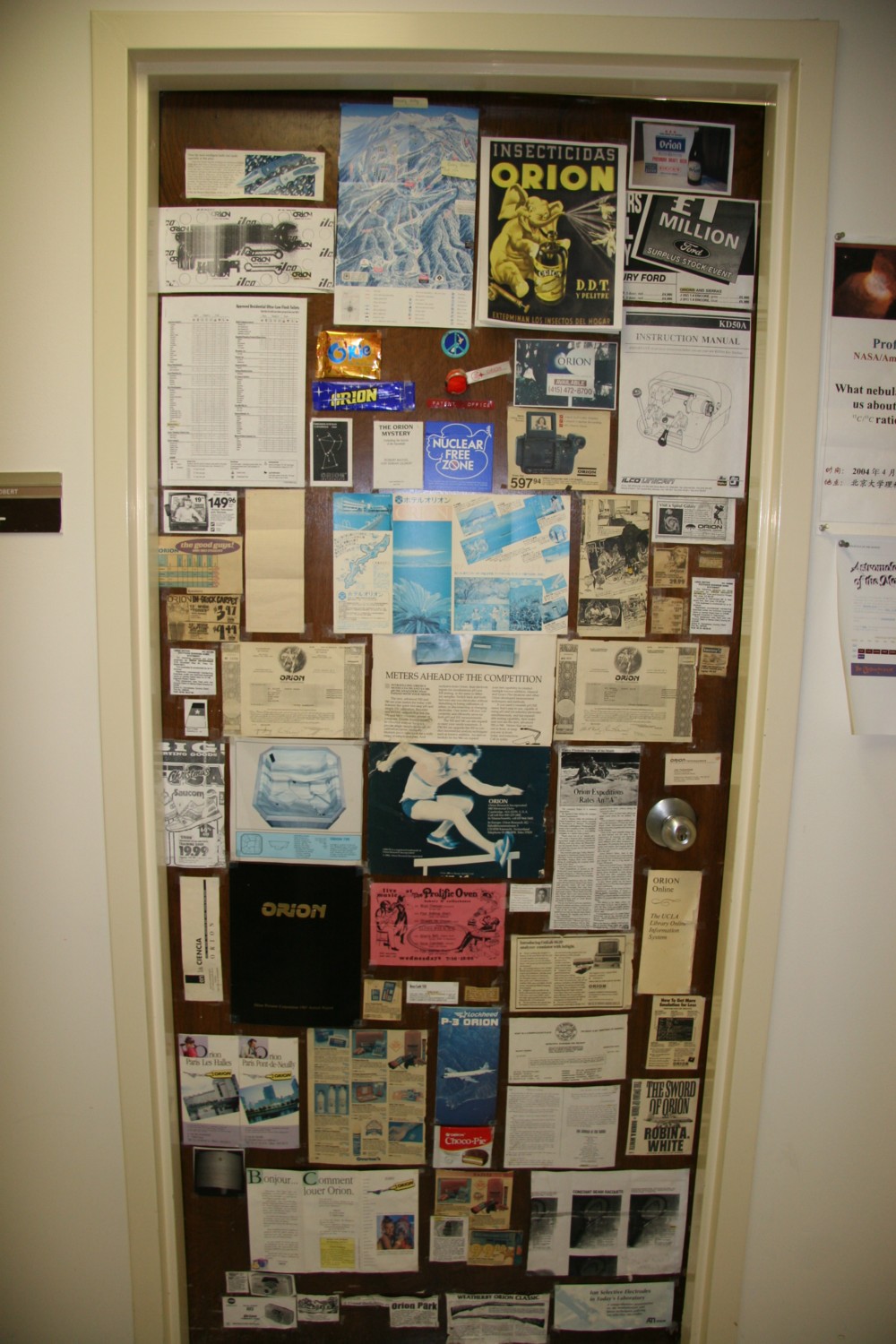One of the coolest experiences of my life was driving around Moffett Field with my Grandpa. Having worked at Enterprise Rent-a-Car for most of his twilight years, he always loved few things more than listening to the radio and staring out the window of a car. This worked out for me, as my poor Grandpa would often spend hours, without complaint, in the parking lot of the NASA Ames Space Science Center waiting for me to emerge from its bomb-proof (and cell signal proof) basement.
Deep within the bowels of the huge concrete structure, was what can only be described as a cross between a Faraday cage, and a museum for defunct computing technology. Even for the late 2000s, the room I worked in as a Technical Research Assistant was filled with ancient computing peripherals, including hard drives who’s platters’ diameter measured in multiple feet. I’d always be amazed when these old platters would still occasionally spin, and I’d hope someone still knew they were there.
But I was always more focused on the work at hand–finding star-forming regions in distant galaxies. To my young mind, this was one of the coolest things a human being could do. After hours of staring at spectral imaging data, and pictures of galaxies, I’d occasionally wonder if someday the stars birthed before me would host civilizations looking back at our (hopefully still inhabited) corner of the universe, billions of years in the future.
In addition to managing linux boxes, writing bash scripts, and doing basic data analysis tasks, I’d spend many afternoons talking about astrophysics with Dr. Robert Rubin, who ran the project I worked on at NASA. Between discussing stellar metallicity and black holes, I always admired Dr. Rubin’s other life-long project, the Orion Door. The most prominent feature of Dr. Rubin’s office, besides the stereotypical stacks of paper strewn about, the Orion Door was simply the door to Dr. Rubin’s office. But it was adorned with all kinds of different references to the word “Orion”.
Of course, there are lots of references to “Orion” in the world. So eventually the collection exceeded the free space on Dr. Rubin’s door. So, I helped build a website to house all the different “Orion” references that didn’t have a place on the real Orion door. Thus, the Orion Door Collection was born. Sadly, all that remains of that website now is housed in the internet archive, as NASA’s website doesn’t host the pages anymore. Dr. Rubin has since passed away, but in his memory, I wanted to at least share this cool little corner of the early web. I hope someone gets a kick out of it, please take a look!
The Orion Door Collection: https://web.archive.org/web/20070822201955/http://spacescience.arc.nasa.gov/~rubin/
